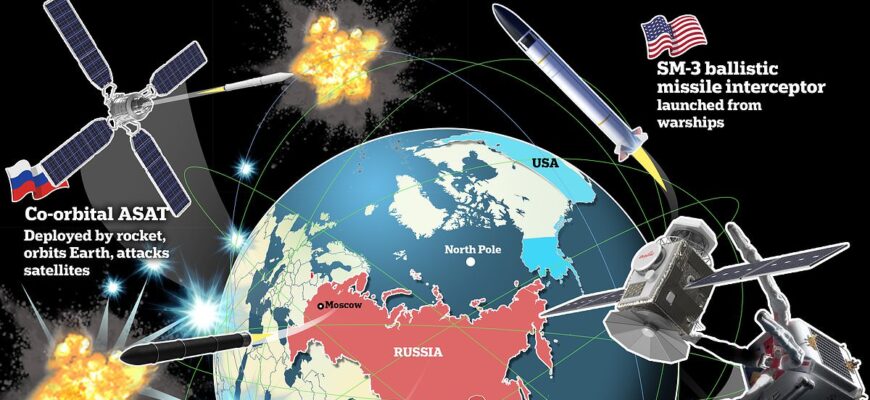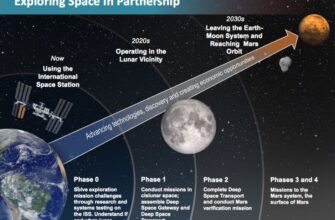In an era often characterized by diplomatic frost, the vacuum of space continues to serve as a surprisingly resilient, albeit circumscribed, arena for cooperation between the United States and Russia. Recent developments underscore this nuanced relationship, where shared orbital objectives often transcend, yet cannot fully escape, earthly geopolitical realities.
A Fragile Thread in the Cosmos
The latest reaffirmation of this unique bond comes from the Kremlin. On July 30, 2025, Presidential Press Secretary Dmitry Peskov underscored the “extraordinary importance” of maintaining dialogue with Washington on space matters. However, with a pragmatism born of experience, he cautioned against overestimating its broader influence, stating that such interactions, while vital, do not necessarily smooth the entirety of complex bilateral relations.
“Such contacts are very important. One should probably not exaggerate the impact of maintaining such contacts on the entire complex of bilateral relations, but at the same time, maintaining dialogues in at least such important areas is also extremely important.”
— Dmitry Peskov
High-Level Rendezvous in the USA
This statement from Moscow arrives on the heels of a significant visit by Roscosmos chief Dmitry Bakanov to the United States. During his trip, Bakanov is scheduled to hold discussions with Sean Duffy, acting head of NASA, on July 31. Beyond formal negotiations, the Roscosmos head is also set to meet with the crew of the Crew Dragon spacecraft, which notably includes Russian cosmonaut Oleg Platonov.
This meeting, taking place on American soil, is more than a mere courtesy call. It signifies a continued, operational necessity. While ground-based diplomatic channels may suffer from intermittent static, the International Space Station (ISS) and joint missions demand a constant, high-fidelity connection. Astronauts and cosmonauts, irrespective of their passports, breathe the same recycled air, operate the same intricate machinery, and share the same inherent risks. Their safety, and the success of their missions, hinges on seamless collaboration.
The Practicalities of Orbital Harmony
One might observe with a wry smile that when the stakes are literally stratospheric, some earthly squabbles begin to seem remarkably trivial. The physics of orbital mechanics, the unforgiving nature of solar radiation, and the ever-present threat of space debris care little for national borders or political disagreements. These universal challenges inherently foster a cooperative spirit, compelling even the most estranged nations to find common ground, or rather, common orbit.
For decades, the ISS has stood as a testament to this collaborative imperative. It is a marvel of engineering and a unique laboratory, but fundamentally, it is an international effort. Disentangling the tightly woven threads of US and Russian contributions to its operation and maintenance would be a monumental, if not impossible, task without severe consequences for its continued functionality.
Beyond the Horizon: The Future of Space Diplomacy
While the present focus remains on the critical upkeep of the ISS and the safe transport of personnel, the underlying theme of these high-level discussions hints at future possibilities. As humanity eyes deeper space exploration, including lunar and Martian ambitions, the sheer scale and cost of such endeavors will likely necessitate broader international partnerships.
The current dialogue, therefore, serves a dual purpose: it ensures the continuity of existing crucial programs and, perhaps more subtly, keeps the door ajar for more ambitious joint ventures down the cosmic road. It is a pragmatic acceptance that some challenges are too vast, and some rewards too grand, for any single nation to pursue in isolation.
In conclusion, the US-Russia space dialogue, as articulated by the Kremlin, is a stark reminder of humanity`s peculiar ability to compartmentalize. While geopolitical turbulence may rage below, a quiet, vital collaboration persists hundreds of miles above, a testament to the enduring power of shared scientific pursuit and the sobering realities of orbital mechanics. It`s not a peace treaty, but it`s certainly not a declaration of war—just two space giants trying to keep a fragile, yet indispensable, floating home in perfect working order.








